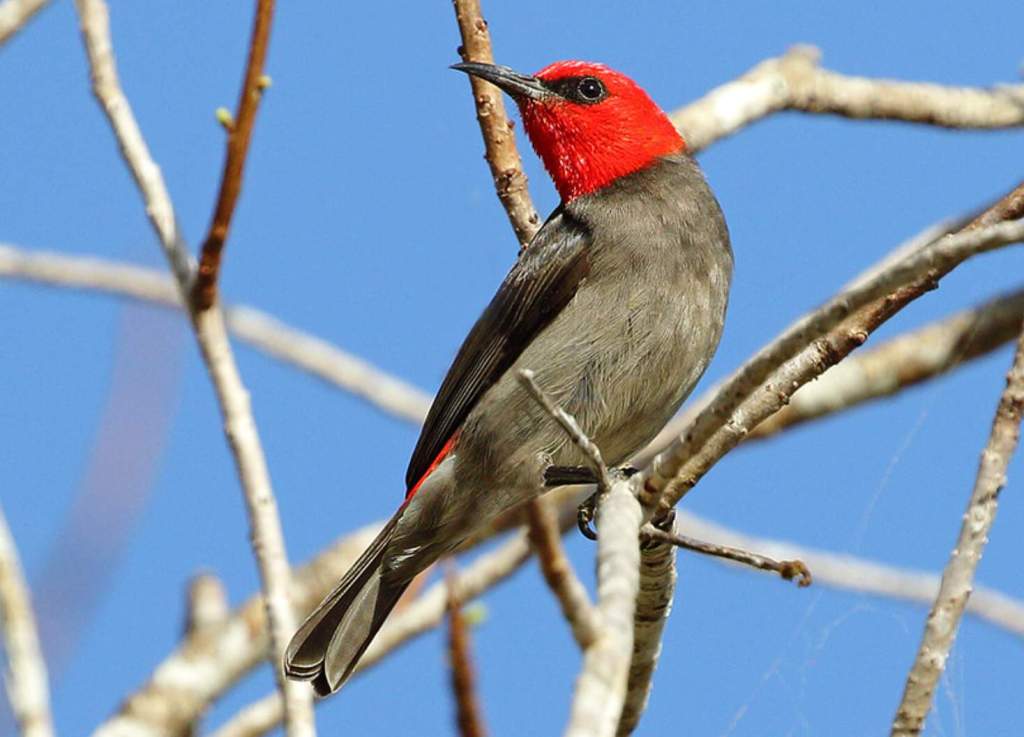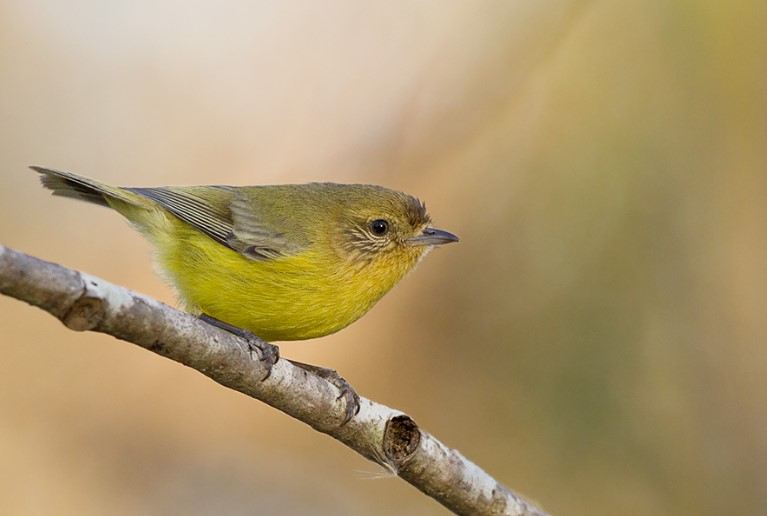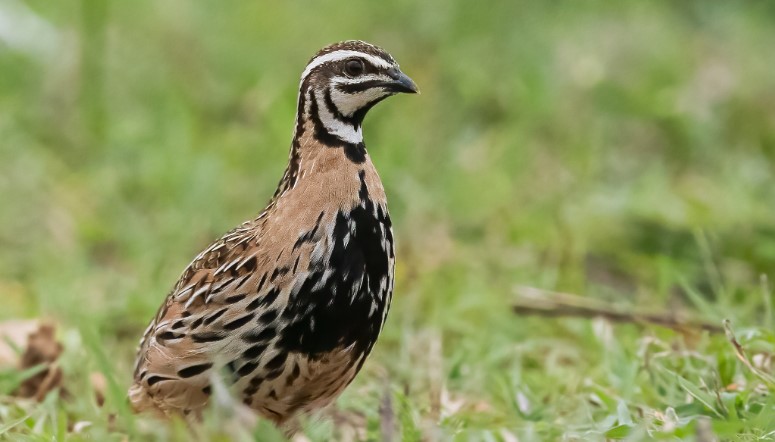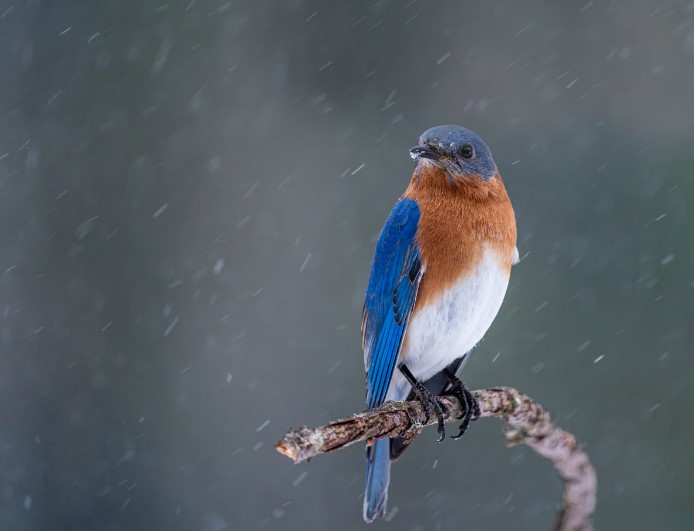Their scarlet heads glistening, male Red-headed Honeyeater (Myzomela erythrocephala) brighten the sombre green of mangrove thickets across coastal northern Australia. This vibrant color bird belongs to the honeyeater family Meliphagidae found in Australia, Indonesia, and Papua New Guinea. It is also known as Blood bird, Mangrove Red-head, Myzomela and Red-headed Myzomela.
Red-headed Honeyeater are virtually confined to mangroves where they wander locally, in one and twos, or rarely small loose flocks, to sources of food. Red-headed myzomelas actively defend food trees by aggressively wiping their bills in response to threats and after they have chased intruders from trees.

They feed both on insects and nectar, hunting actively and flitting about in fast, bouncy undulations, never remaining in one place for very long. The birds do much of their foraging among the foliage within the mid and upper strata of mangroves. Gleaning over leaves and probing crannies in branchlets, they pick up not only beetles, flies, ants and caterpillars but also large numbers of spiders.
During the flowering season of mangrove and other shrubs, the birds scavenge nectar, sometimes venturing into adjacent eucalypt trees or paperbark trees to mix with other honeyeaters. To probe for nectar, they hang over the flowers or hover in front; as they feed, they whistle-chirp frequently. Red-headed Honeyeater call is buzzing chirps, whistled squeaks when feeding. The song consists of Metallic jingling twittering, by male from vantage perch.

The size of Red-headed Honeyeater is 115-130 mm long. MALE: Head, side of neck, lower back, rump and upper tail coverts glossy scarlet. Lores is black; back, wings and tail brown-black with olive-yellow edges to flight feathers and tail. Breast black-brown; belly and vent brown-grey; underwing coverts white. Eye red-brown. Bill is black. Feet are brown-grey.
The female bird crown, back and rump brown; wings and tail grey-brown. Forehead, chin and lower cheeks lightly washed scarlet. Side of face, throat and breast smoky grey; belly, vent and underwing coverts off-white. The immature bird is alike to adult female. Bill and feet are lighter.
Nesting appears to breed March-September; possibly two broods-at beginning and end of wet season. Nest a small cup of bark strips and fiber interwoven with cobweb, especially at the rim where it is suspended from a thin horizontal fork; lined with fine vegetable fiber.
Red-headed Honeyeater lays two eggs, rarely three; matt-white or cream freckled and blotched with rust-brown or red, particularly at larger end; oval shape, size of about 16 x 12 mm.
A male Red-headed Honeyeater; the female has only a scarlet wash. The call is shrill, whistled chiew, chiew, Mangroves of northern coastal. mainland, from Broome, WA, to Princess Charlotte Bay, Qld. Also, southern New Guinea, Aru and Torres Strait Islands, and Sumba. There are two races; M. e. erythrocephala distributed around the tropical coastline of Australia, and M. e. infuscata in New Guinea.







